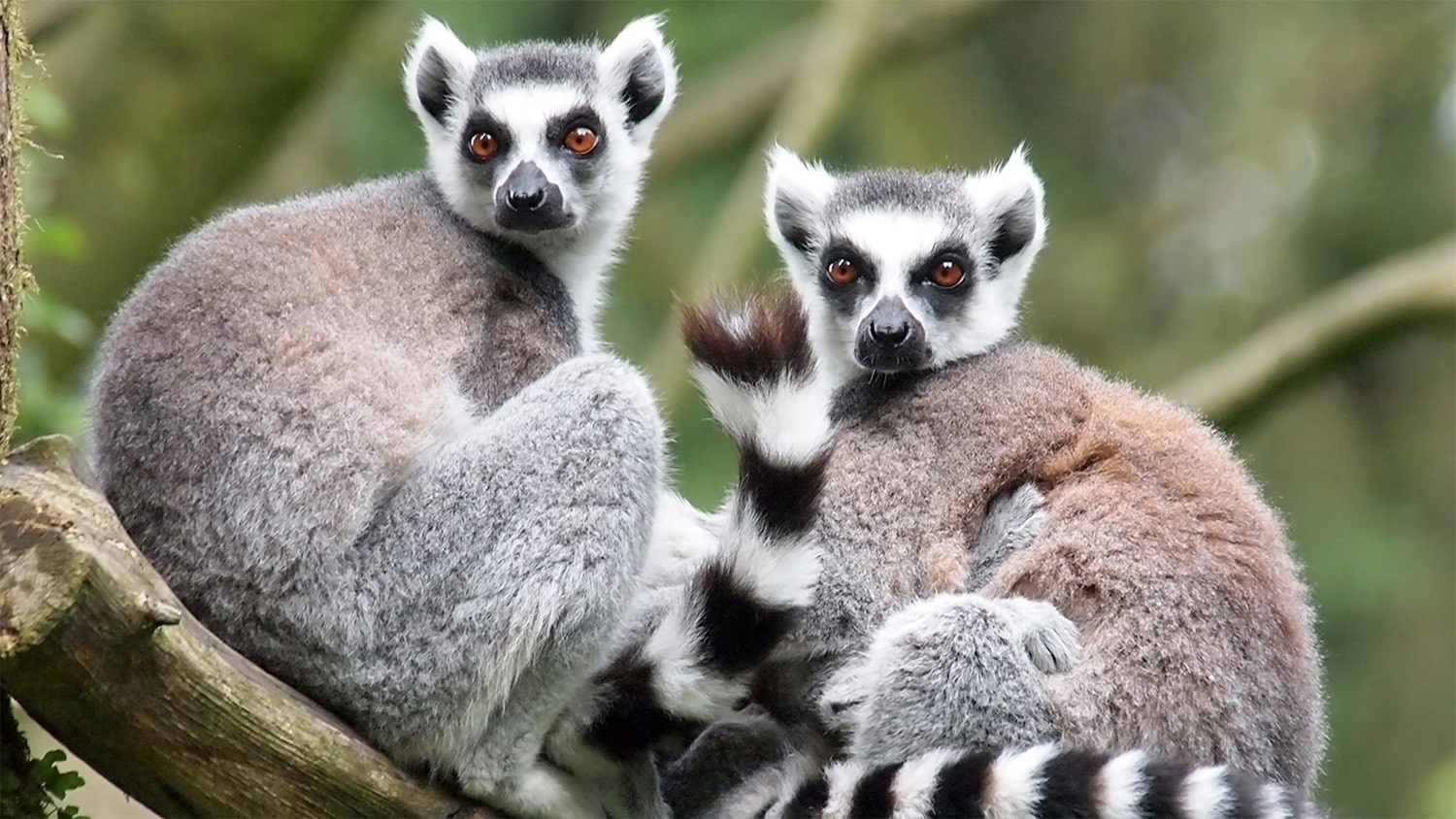
32 interesting facts about lemurs
- 👁️ 301
Lemurs, the fascinating primates native to the island of Madagascar, offer a window into the rich tapestry of the natural world. With their wide eyes, expressive faces, and varied diet, lemurs play a crucial role in the ecosystem of Madagascar, contributing to the health and vitality of their habitat. These creatures, which range widely in size, color, and behavior, have adapted to life in a variety of environments, from rainforests to deserts. Their diets are as diverse as their habitats, reflecting the adaptability and resourcefulness of these animals. Let’s embark on a culinary journey into the world of lemurs, exploring the diverse array of foods that sustain these enchanting primates.
- Lemurs are primarily herbivorous, with diets that vary significantly among the different species.
- Many lemur species are frugivorous, meaning fruit makes up a large portion of their diet.
- Leaves, especially young and tender ones, are a crucial dietary component for several lemur species.
- Some lemurs are known to eat flowers, which can provide essential nutrients in addition to their normal diet.
- Bamboo lemurs, as their name suggests, consume various parts of bamboo plants, including the shoots and leaves.
- Certain species, like the aye-aye, have a specialized diet that includes insects and larvae, which they extract from wood using their elongated middle finger.
- Lemurs also consume nectar, playing a vital role in pollination for some plant species in Madagascar.
- Seasonal variations significantly affect the availability of food resources, leading lemurs to adapt their diets accordingly.
- Some lemur species practice coprophagy, or the consumption of feces, to maximize nutrient absorption.
- Lemurs have been observed eating soil, a behavior thought to supplement minerals or detoxify their systems.
- Sap and gum from trees serve as an important food source for certain lemurs during times when fruits and leaves are scarce.
- Fungi form a part of the diet for some lemur species, particularly during the rainy season.
- Lemurs play a critical role in seed dispersal, aiding in the regeneration of Madagascar’s forests.
- The ring-tailed lemur’s diet is one of the most diverse, including fruits, leaves, flowers, bark, and sap.
- Invertebrates, such as spiders and insects, are occasionally preyed upon by smaller lemur species.
- Lemurs have been known to eat bird eggs and small vertebrates, although this behavior is less common.
- The seasonal availability of certain fruits leads to competition among lemur species and other frugivores.
- Water intake is often satisfied through the consumption of juicy fruits and dew collected on leaves.
- Lemurs’ teeth vary in shape and size, reflecting their diverse dietary needs and feeding strategies.
- Social dynamics within lemur groups can influence feeding habits and access to food resources.
- Some lemur species exhibit nocturnal feeding habits, while others are diurnal or cathemeral (active throughout the day and night).
- Lemurs’ reliance on specific plant species makes them vulnerable to habitat destruction and climate change.
- Conservation efforts for lemurs often include habitat preservation to ensure the availability of their natural food sources.
- The introduction of non-native plants to Madagascar has affected the natural diet of some lemur species.
- Lemurs’ feeding behavior and diet have been extensively studied as indicators of ecological health.
- The digestive systems of lemurs are adapted to handle their varied and sometimes fibrous diet.
- Habitat fragmentation has led some lemur species to venture into human-dominated landscapes in search of food.
- Lemurs are essential for maintaining the balance of their ecosystems through their feeding activities.
- Nutritional stress during lean seasons can lead to increased mortality rates among lemurs.
- Research into lemurs’ diets helps inform conservation strategies aimed at protecting these unique primates.
- The diversity of lemurs’ diets is a reflection of the rich biodiversity found on the island of Madagascar.
- Climate change poses a significant threat to the food security of lemurs by altering the seasonal availability of key food resources.
Lemurs’ diets are a testament to their adaptability and the ecological richness of Madagascar. Through their varied culinary habits, these primates not only survive in a range of environments but also play a pivotal role in the health of their ecosystems. From seed dispersal to pollination, lemurs contribute to the vitality of Madagascar’s forests, making them invaluable to their habitat. As we continue to explore and understand the intricate relationships between lemurs and their environment, the importance of conserving their natural habitats becomes ever more apparent. Protecting these charismatic creatures and the diverse landscapes they inhabit ensures the preservation of Madagascar’s ecological heritage for future generations.
Lemurs, the fascinating primates native to the island of Madagascar, offer a window into the rich tapestry of the natural world. With their wide eyes, expressive faces, and varied diet, lemurs play a crucial role in the ecosystem of Madagascar, contributing to the health and vitality of their habitat. These…